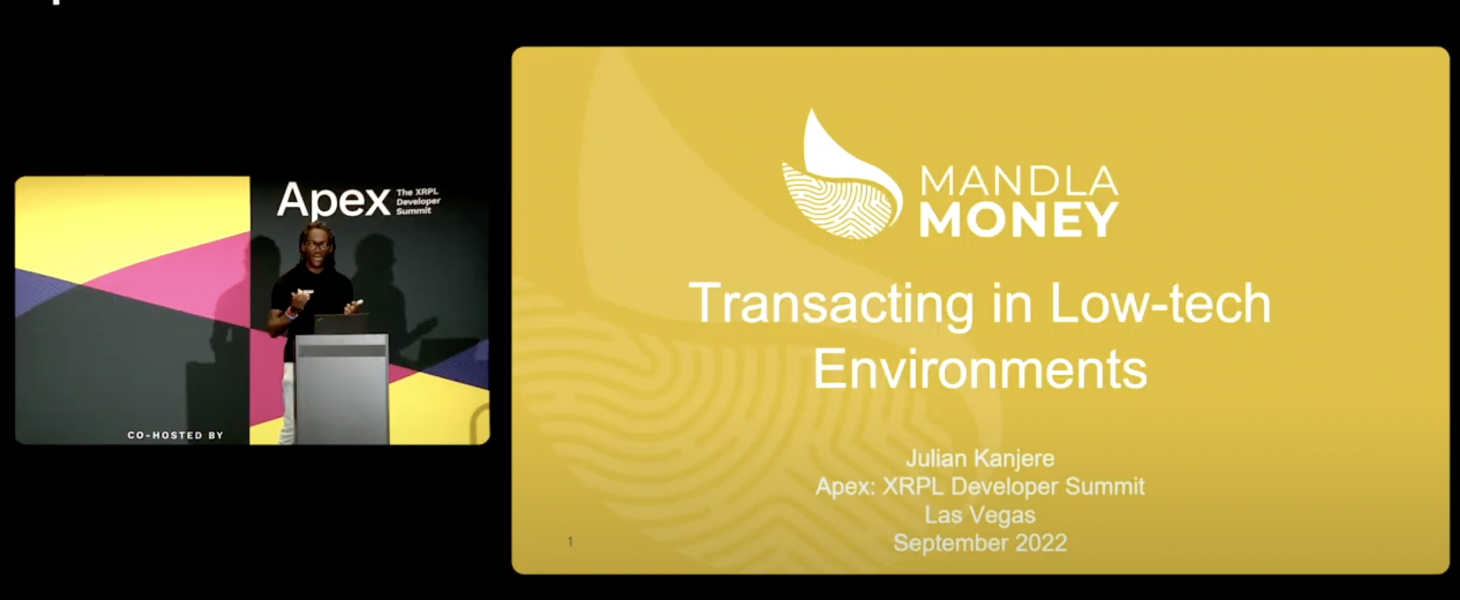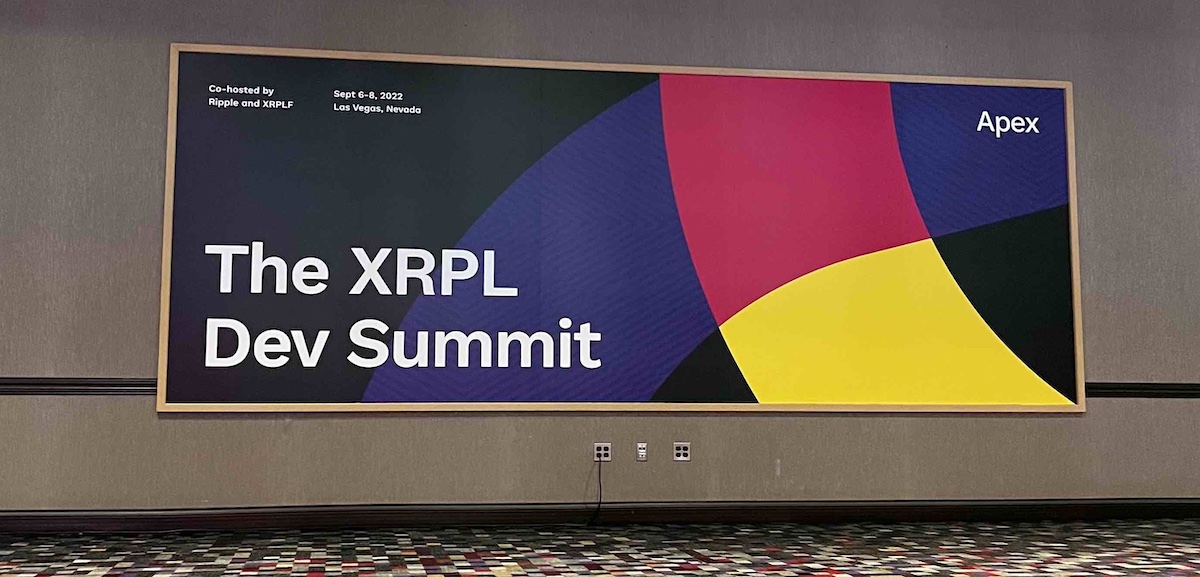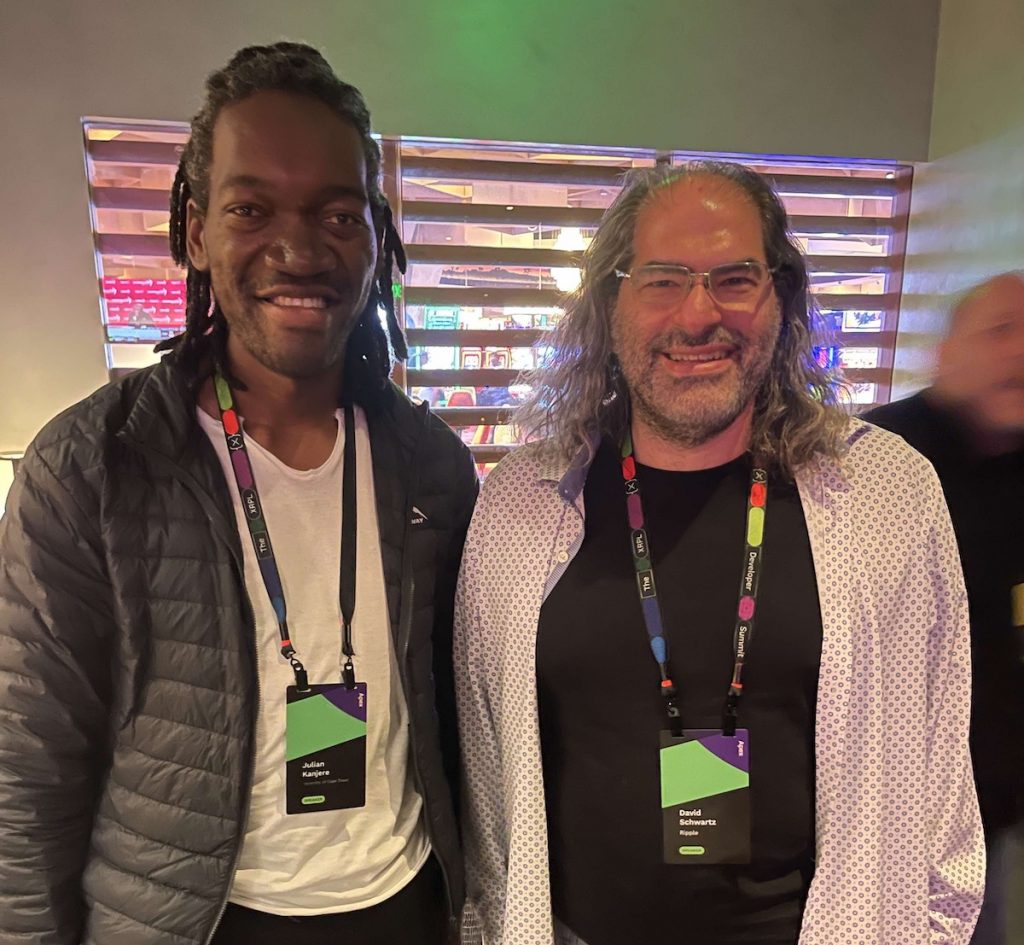Is there any utility in crypto? This is a recurring question from crypto sceptics, who tend to argue that there is no utility outside of speculation. In this post, I give 2 examples in which crypto can be used to drive financial inclusion in emerging markets – particularly through the use of stablecoins (a cryptocurrency whose value is pegged to another asset class e.g. USD Coin (USDC) which is pegged to USD). Worldwide, there are 2 billion unbanked adults, and these fall into the financially excluded category. According to the South African National Treasury, financial inclusion is the provision and use of affordable and appropriate financial services by those segments of society where financial services are needed but not provided, or they are inadequately delivered.
Case 1 – Mandla Money SMS Wallet. Firstly, in September 2022, I gave a talk at the Apex Developer Conference (hosted by Ripple & XRP Ledger Foundation) in Las Vegas on how crypto-assets can drive financial inclusion in emerging markets (click here to watch). In my talk, I made reference to one of the innovative projects that I have been involved with – Mandla Money SMS Wallet – which is a digital wallet that allows users to receive, transact and store value using digital assets via SMS (text message), with no need for a smartphone or an internet connection. The Mandla Money SMS Wallet is built on top of the XRP Ledger (XRPL) which is a decentralized, public blockchain that is fast, energy efficient, and reliable. By making use of stablecoins issued on the XRPL, together with SMS technology which has been around for a while, anyone with a mobile device (including feature phones) has a means to access previously unavailable financial services.
Case 2 – Stellar Aid Assist. More recently (December 2022), Stellar Development Foundation announced the launch of Stellar Aid Assist which makes use of stablecoins to deliver digital aid at scale (e.g. in Ukraine). According to the Stellar team, cash-based interventions serve as a lifeline to millions worldwide in support of basic needs and Stellar Aid Assist – which is fast to deploy and rapidly scale to meet a moment of crisis – gets money into the hands of those who need it, quickly and at low cost.
Considering that there are 2 billion unbanked adults worldwide and that it is possible to send crypto-assets in low-tech environments (where there are no smartphones or internet access) using blockchains such as XRPL, Algorand & Stellar, it is clear that there is a real opportunity to drive financial inclusion in emerging markets through use of blockchain payment rails and stablecoins. So, is there any utility in crypto – I believe the answer is a resounding YES!


